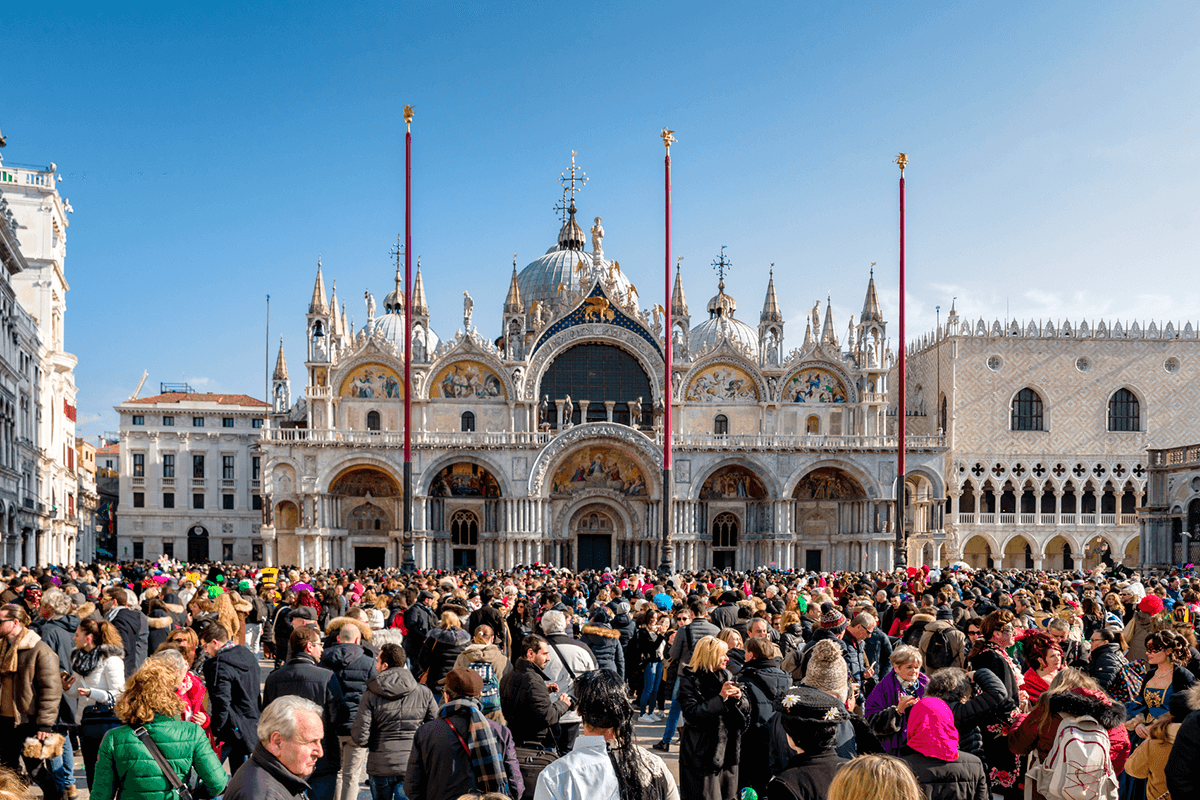
Venice Implements Entrance Fee for Tourists
Venice, the iconic city known for its intricate waterways and rich history, has announced a significant change to its tourism policy. Starting from the upcoming tourist season, the city will implement an entrance fee for day visitors. This measure aims to manage the overwhelming influx of tourists and preserve the architectural and ecological integrity of the city.
For years, Venice has been grappling with the challenges posed by mass tourism, which affects the city’s infrastructure and quality of life for its residents. The narrow alleyways, delicate bridges, and historic sites have suffered from the constant foot traffic. Moreover, the city’s unique marine environment is also at risk due to the large number of visitors. In response, local authorities have decided to take a proactive approach to ensure the sustainability of tourism and the preservation of the city’s heritage.
- Fee Structure: The entrance fee will vary from 3 to 10 euros, depending on the season, with higher charges during peak tourist periods such as summer and public holidays. The fee is applicable only to day visitors who do not stay overnight in the city.
- Implementation: Tourists will be able to pay the fee through a simple online system before their visit, or at various kiosks and designated points of entry around the city.
- Exemptions: Residents, commuters, students, and children under the age of six will be exempt from the fee. Furthermore, tourists who have booked overnight stays in hotels or registered accommodations in Venice will not be required to pay the entrance fee.
The main objective of this fee is twofold:
- Infrastructure Maintenance: The revenue generated from the entrance fees will be directly used for the upkeep and restoration of Venice’s infrastructure. This includes maintenance of the canals, bridges, and historic buildings that are essential to the city’s character and tourism appeal.
- Tourism Management: By implementing a fee, the city aims to reduce the number of day-trippers and encourage visitors to stay longer. A more spread-out influx of tourists could lead to a more manageable and enjoyable experience for both visitors and residents.
- Enhanced Visitor Experience: With fewer day tourists, the congestion in major hotspots is expected to decrease, allowing for a more pleasant and immersive experience for those who choose to explore the city.
- Economic Sustainability: Encouraging longer stays contributes to the local economy through increased spending on accommodations, dining, and cultural activities. This shift is aimed at boosting sustainable tourism that benefits the city economically without the accompanying strain on its resources.
- Enforcement Issues: There are concerns about the practicality of enforcing the entrance fee, especially in distinguishing day visitors from overnight tourists.
- Economic Impact on Local Vendors: Some local businesses worry that the decrease in day-trippers could negatively affect their livelihoods, particularly those that rely heavily on tourist foot traffic.
The decision to introduce an entrance fee for tourists visiting Venice represents a bold step towards preserving the city’s unparalleled beauty and historical significance. While it poses certain challenges and has been met with mixed reactions, the overarching goal is to ensure that Venice can continue to welcome tourists for generations to come without compromising its structural integrity and cultural legacy. This initiative reflects a growing trend among popular tourist destinations to consider more sustainable and responsible tourism practices.